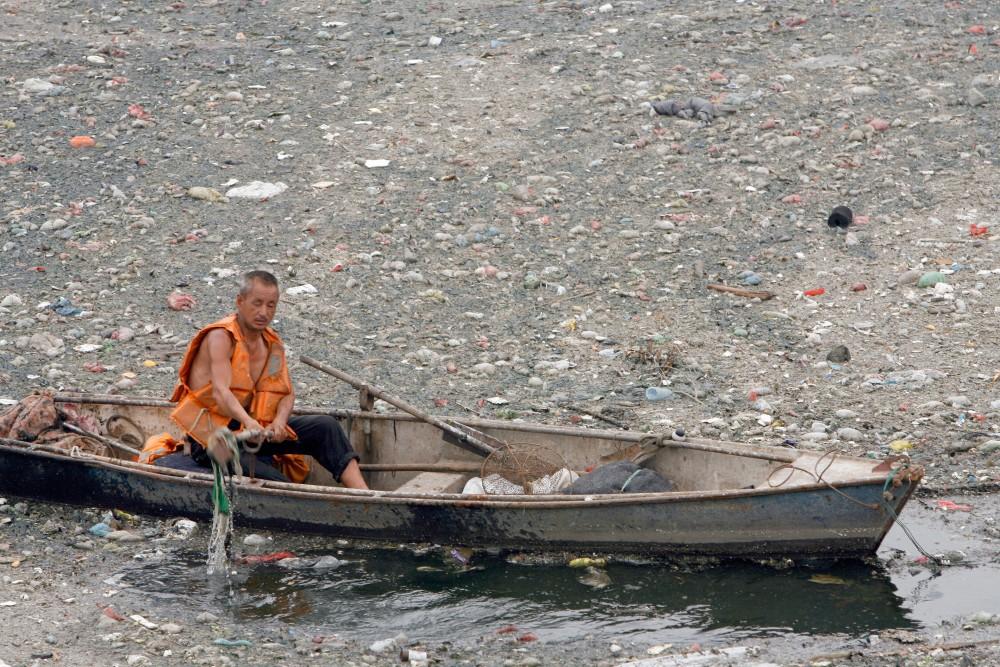According to a report by the state environmental agency, the water sources in China’s capital have levels of pollution beyond what is considered safe.
Beijing News reported that the Environmental Protection Supervision Center of North China, which is overseen by the Ministry of Environmental Protection, recently conducted an investigation of the water quality of rivers located in five of Beijing’s counties.
River water samples were collected from 37 different rivers, with the amount of pollutants in all samples exceeding established safety limits; some samples were polluted to dangerous levels.
Among the five major river systems, the North Canal, which is used for 90 percent of the drainage in downtown Beijing and provides water to 70 percent of the population of that city, was the most seriously polluted. A standard test for determining water quality, Chemical Oxygen Demand (COD), confirmed that pollutants in the water of North Canal were nearly 95 times higher than what is deemed safe.
Surveys also showed large areas of incomplete sewage collection in Beijing. Apparently, only 60 to 70 percent of highly populated urban areas in that city are serviced by and connected to any sewage treatment plants. A large amount of sewage is being continually discharged directly into the rivers.
The 2012 Beijing Environmental Bulletin, which was issued by the Beijing Municipal Bureau of Environmental Protection, shows that among the 88 rivers monitored by Beijing, 42.1 percent of the total volume of all 88 rivers were classified as the poorest water quality currently designated.
Cancer Villages
Dangerous levels of water pollution are not just restricted to Beijing. According to the State Environmental Monitoring Station, 90 percent of water systems near all Chinese cities are seriously polluted; more than 50 percent of cities’ water sources do not meet normal standards for drinking water. In addition, due to pollution from chemical and industrial waste, water in many areas is considered toxic.
Radio Free Asia has reported that regarding China’s 80,000 chemical and pharmaceutical enterprises, more than 10,000 are located close to residential areas, with 23 percent within 3.1 miles (5 kilometers) of water resources. Many small and medium chemical enterprises directly dump their wastewater into rivers and streams every year.
University of Central Missouri scholar Liu Li told the Liberty Times that, according to official data, there existed at least 241 “cancer villages” in China as of 2010. The term cancer village has been used recently to describe many small towns and villages near contaminated water supplies that have had cancer diagnoses and deaths well above the normal rate.
China’s cancer mortality rate has increased by 80 percent over the past 30 years, which translates into 2.7 million cancer deaths yearly, with one in every four deaths in China caused by some type of cancer. Liu Li told Liberty Times that “water contaminated by industrial pollution is the main cause behind the emergence of these cancer villages.”
Translated by Albert Ding. Written in English by Barbara Gay.
Read the original Chinese article.



